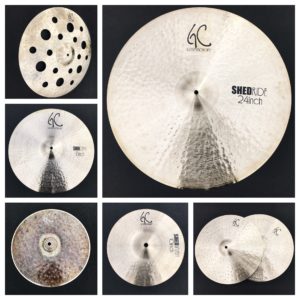Scale
Pronunciation: skale
What is a Scale?
A scale is a set of musical notes, presented in an ascending or descending order, and sequenced by pitch. Scales are typically listed from low to high pitch. Most scales are octave-repeating, meaning their pattern of notes is the same in every octave. On an ascending scale, each note from the prior one is higher in pitch; on a descending scale, each note from the prior one is lower in pitch.
Most or all of the melody and harmony of a musical work is built using the notes of a single scale or variations derived from the scale.
Key Takeaways
- A scale is a set of notes ordered in either an ascending or descending pattern.
- A scale sets the tone of the music in the composition.
- A scale consists of many different varieties, from diatonic, chromatic, and pentatonic.
- The distance between two successive notes in a scale is called a scale step.
Understanding a Scale
A scale is defined by its specific interval pattern and by a special note, known as its first degree (or tonic). Typically, the name of the scale specifies both its tonic and its interval pattern. For example, C major indicates a major scale with a C tonic.
In blues, a pentatonic scale is often used. In jazz, many different modes and scales are used, often within the same piece of music. Chromatic scales are common, especially in modern jazz.
“The number of the notes that make up a scale as well as the quality of the intervals between successive notes of the scale help to give the music of a culture area its peculiar sound quality.”
Nzewi, Meki, and Odyke Nzewi (2007), A Contemporary Study of Musical Arts.
Types of Scale
Scales are typically described by the number of different pitch notes they contain:
- Chromatic, or dodecatonic (12 notes per octave)
- Nonatonic (9 notes per octave): a chromatic variation of the heptatonic blues scale
- Octatonic (8 notes per octave): used in jazz and modern classical music
- Heptatonic (7 notes per octave): the most common modern Western scale
- Hexatonic (6 notes per octave): common in Western folk music
- Pentatonic (5 notes per octave): the anhemitonic form (lacking semitones) is common in folk music, especially in Asian music; also known as the “black note” scale
- Tetratonic (4 notes), tritonic (3 notes), and ditonic (2 notes): generally limited to prehistoric (“primitive”) music
Degrees of a Scale
- Tonic
- Supertonic
- Mediant
- Subdominant
- Dominant
- Submediant
- Superdominant
- Leading Note – Subtonic



